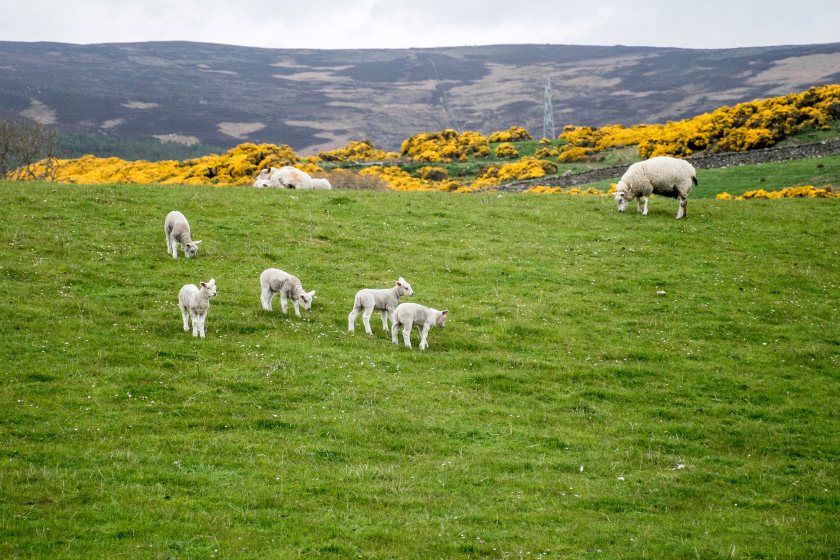
The wholesale removal of sheep from Highland estates for carbon offsetting is triggering a crisis that extends far beyond falling lamb numbers, warns the Scottish sheep sector.
According to a survey by the National Sheep Association (NSA), more than 50,000 breeding ewes have disappeared in the past decade, marking a dramatic shift in upland farming.
The NSA’s survey of 51 Highland estates found that many have completely destocked, replacing sheep with regenerative projects or commercial forestry.
NSA Scottish Region Chairman Peter Myles said the figures clearly show that financial incentives carry more weight, with upland sheep farming rents paltry compared to the profits from carbon offsetting and biodiversity credits.
He added: “We cannot blame estates for diversifying income and future-proofing themselves; it is government policy nationally and internationally that we must question.”
While 12 of the surveyed estates retained smaller flocks—some reducing numbers from 1,000 to just 200 ewes—the NSA believes these reduced flocks still play a vital role.
“A smaller flock can deliver ecosystem services and preserve farming skills while coexisting with a mosaic of upland habitats,” Mr Myles explained. “Striking a balance is crucial.
"Maintaining a smaller flock that helps sequester carbon, supports ground-nesting birds, produces maternal genetics, nutritious food, and sustainable fibre is far better than no livestock at all.”
Scotland’s national breeding flock shrank by 3.7% last year to 2.45 million ewes. “There were around 3 million breeding ewes in 1900, and one million fewer Scottish people to feed,” Mr Myles noted.
“As an industry, we must ask how long this decline will continue and when efforts to reduce flock numbers will stop.”
Beyond lost sheep and meat production, the NSA warns of wider consequences, including the erosion of rural skills such as hefting, working and training sheepdogs, and deep knowledge of the landscape—skills that are not taught formally and are hard to replace once lost.
Declining livestock numbers also threaten businesses reliant on throughput, including auction marts, abattoirs, and animal health and nutrition services.
The NSA cautions that unmanaged hill ground risks becoming overgrown, endangering habitats for ground-nesting birds and native wildflowers.
The accumulation of dry vegetation also raises wildfire risks, threatening both wildlife and local communities.
Rising tick populations are another concern, linked to the lack of routine ectoparasite control typically carried out in sheep flocks.
The NSA has called for more accurate carbon accounting, advocating the use of Global Warming Potential (GWP) metrics that distinguish between methane and long-lived fossil fuel emissions.
The body argues that this would better reflect the sustainable role of ruminant livestock in land management.
Eleanor Kay, senior policy adviser for agriculture at Scottish Land & Estates, echoed calls for greater clarity from the Scottish government.
“Expectations of Scotland’s land have changed dramatically over the past decade, with rising demands for food production, nature restoration, and carbon sequestration alongside the need to support rural jobs and communities,” she said.
“We strongly back the livestock sector, but these findings highlight the urgent need for clear, long-term government support.
"Right now, the risks are too high for many farming businesses to invest or even survive.”
The NSA also expressed growing concern over dwindling opportunities for young people entering farming.
As farms disappear, so do chances for newcomers, despite upland sheep farming’s low capital requirements and steady cash flow potential for start-ups.
